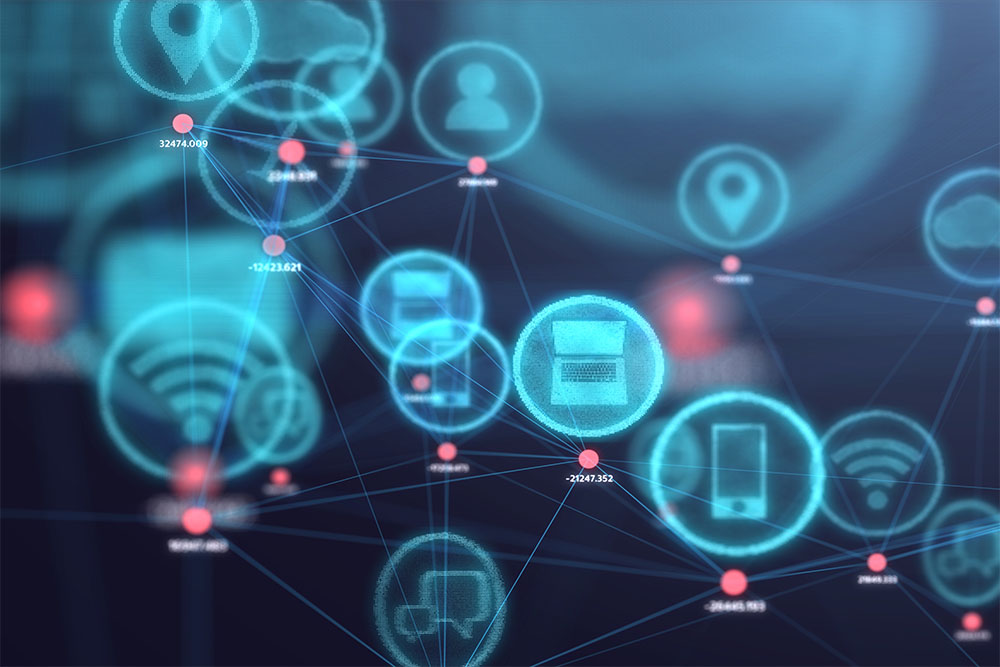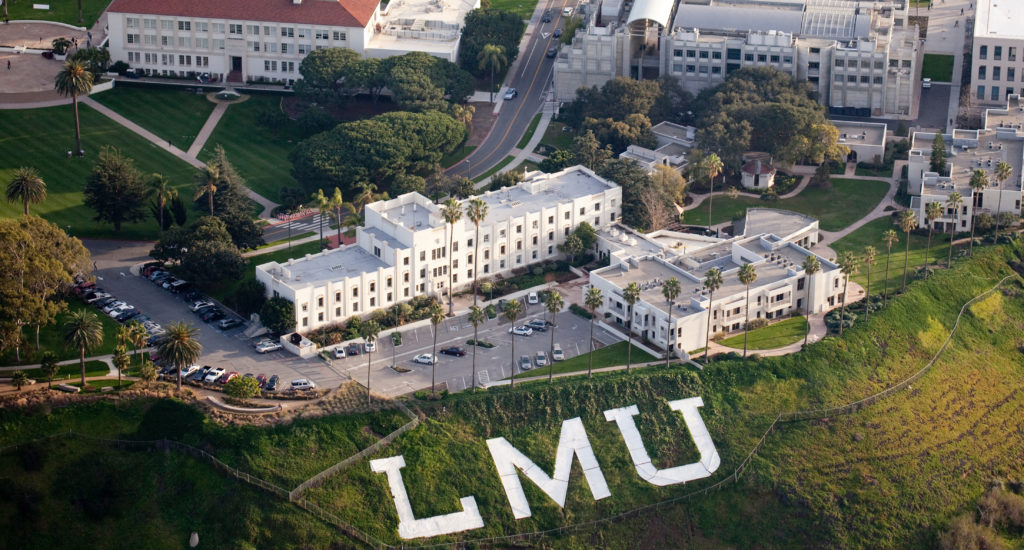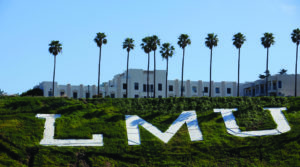Faculty Senate President Dorothea Herreiner talks to Christopher Finlay, associate professor of communication studies, about his course “The Digital Self” and the transition to teaching in an online environment. Associate Professor Finlay has taught at LMU since 2012. He typically teaches introductory and capstone media courses as well as special topics courses including “Wires and Empires,” which focuses on the relationship between global politics and media industries, and “The Digital Self,” which blends media studies, sociology, psychology and economics to assess the impact of the internet on our individual and social identities. Please see https://works.bepress.com/christopher_finlay/ for a list of his academic and popular press publications.

Dorothea Herreiner: What is this course about and what are your goals when teaching CMST 3520, “The Digital Self”?
Christopher Finlay: The question at the heart of this course is whether and how digital technologies are fundamentally changing our relationships, not just to each other, but to ourselves. That’s a huge question, especially given the dynamic role of technology in our social lives, our politics, and our consumption habits. To begin to answer it, I ask students to embrace a transdisciplinary research agenda, borrowing from history, economics, sociology, psychology and media research. I have two goals when I teach this course: first is to work with students to help them become more reflective about their own online behavior; second is to explore how our choices, our self-expression, our very identities are intertwined and shaped by technological affordances and Silicon Valley’s practices. Ideally, students will learn to adopt a more critical relationship with technology and develop a skillset that enables them to unpack and question technology’s influence in our society.
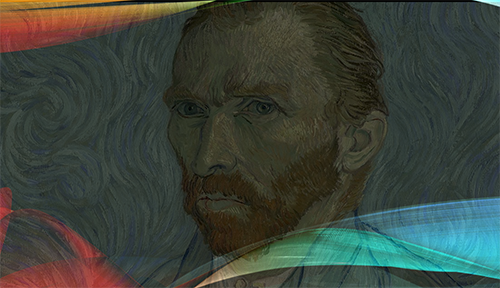
DH: What are important disciplinary-specific aspects of this course?
CF: The origins of the communication studies discipline are transdisciplinary. I’ve designed “The Digital Self” to model that transdisciplinary ethos. We read research from multiple academic specialties and ask how research from the communication and media studies disciplines might help further the goals and insights of researchers from other disciplines. In addition, scholars in the communication and media studies disciplines are always invested in how research can be applied to politics and the everyday lived experience. So, while the questions and foundational theory in the course remains relatively the same each semester, their application can change radically depending on current events. In this way, I hope that students develop a sense that “dry academic theory” can and should be “living,” always in conversation with the deepest and most difficult issues of our time.
DH: What are some main lessons you learned this spring, summer, or before about teaching online?
CF: I’ve had a long history with online learning, extending back to the 1990s when as an undergraduate research assistant I helped my American politics professor develop an early online course. Over the last 20 years, I’ve participated in designing and facilitating many online learning experiences. Although technology has changed dramatically, I believe the following three lessons remain central:
- Attitude matters! Students and instructors shouldn’t approach online learning as a substitute for embodied learning. Instead, we all have a responsibility to use technology to build discourse, learning objects, and community. If we work together as partners in exploration, online learning can be a rewarding and powerful experience.
- Community matters! Whether asynchronous or synchronous, online learning should prioritize shared experiences and shared responsibility. There’s a temptation to understand online learning as simply a “push and pull” exercise. Instructors push material out and students pull some of it in. This doesn’t work very well. Instead, I’ve found collaborative learning assignments and exercises are far more powerful, especially if students have a real sense of ownership over material. That all starts with creating community.
- Usability matters! The promise of an ever-evolving set of digital learning tools can be enticing. And, I think it is important to stay abreast of developments. But, I’ve found, often through trial and error, that no matter how “shiny” the latest technology is, it is crucial to consider the user experience. Students are not always as technologically adept as we assume. And, sometimes, the latest advances in learning technology demand a great deal of expensive computer power. So, I try to always ask myself whether the technology I use in a class is intuitive and affordable.
DH: What are some main differences between teaching this course in person and teaching it online/remotely?
CF: I run “The Digital Self” as a seminar. Seminars are inherently a shared experience, featuring mutuality and honest exchange. In the classroom, I try to facilitate some truly rewarding group conversations.
I don’t like Zoom-based seminars with more than about 10 participants, because everyone has to mute their microphones to avoid chaos! So, I’ve experimented with dividing the class in half. One group participates in a seminar while the other group experiences it asynchronously via recordings. We switch roles every class, so everyone participates in class seminars regularly. This works really well. In fact, the conversations are often more intimate and detailed in those smaller Zoom seminar settings. And, I augmented them with extended office hours in case students who watched but didn’t participate in the conversation wished to follow-up on a particular point in real time.
One very important rule: all of us keep our cameras on for the entire seminar. In the classroom, facial expressions and body language are very useful to me as an instructor, often telling me more about student comprehension than student questions. So, I ask my students to keep their cameras on so I can read their facial expressions to see how they respond to the material and conversation.

DH: What are some new elements that you introduced into the course in the online environment?
CF: In an effort to enhance the collaborative approach to education and a shared sense of ownership over the classroom experience, I asked students to design and facilitate VoiceThread presentations.
VoiceThread allows students to combine PowerPoint slides, video and other multimedia elements. In addition, student presenters are able to easily record an oral presentation over the visual material. When their peers view the material, they can record their own oral feedback. This technology is very effective in terms of usability and community building. It is web-based, intuitive and simple. And, by asking student presenters to facilitate peer participation in the VoiceThreads (monitoring and responding to peer contributions), students developed a sense of ownership not just of their own material but of a shared responsibility to listen to and respond to each other through this digital medium.
Students also made short documentary videos in lieu of more traditional oral presentations. In addition to asking students to produce videos, I built in a response essay assignment, asking students to draft counterarguments and assess the content and rhetorical strategies in each other’s presentations. Like VoiceThread, this assignment augments the synchronous seminar components of “The Digital Self” by asking students to watch each other’s videos asynchronously and then draft response papers. Again, the emphasis is on community, as students respond to each other’s work in the spirit of friendly competition as opposed to passively watching each other’s videos.
Finally, I regularly share TED talks, short documentaries, interviews, news clips and other media in real time. This is something I had already integrated into the classroom version of “The Digital Self.” But, sharing a link to an op-ed or live C-Span coverage of a technology hearing is more seamless in online conversations than in the classroom. We can watch and analyze events together in real time. This is a place where the digital classroom really shines.
DH: What are you most excited about in this course this semester?
CF: The diversity of student-sourced and created content. I was impressed by the variety, depth and innovation students brought to the table when producing asynchronous content for their peers. They were able to draw upon YouTube, Reddit, Instagram, TikTok and countless other platforms. I learn a great deal from this. In an endlessly personalized digital world, my version of the internet is not at all the same as the versions of the internet my students experience. It can be quite eye-opening to see where our disparate digital experiences converge and diverge.
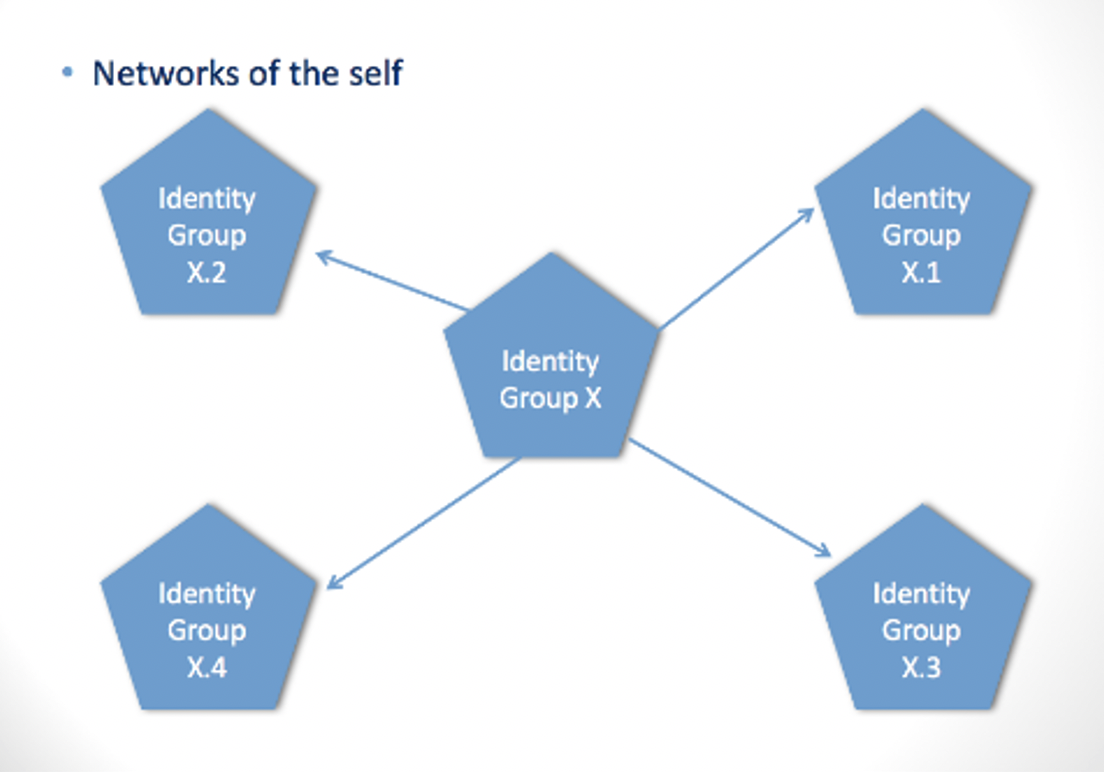
DH: What new opportunities does this new teaching environment provide?
CF: In this course, where we question the nature of online interactions and identity, the digital modality of the course itself becomes part of the analysis. Students routinely surprised me by connecting their experiences in the digital class to larger arguments from the class readings. In an important way, this course became much more about experiential learning than I had at first expected.
Beyond “The Digital Self,” I think the turn to digital learning will have a lasting impact on my approach to the media studies discipline. I’ve come to believe that asking students to apply their knowledge and develop skills in mediatized environments is essential. While I still believe that in-person seminars and lectures are important, I recognize just how much media studies students benefit from developing and refining digital presentation skills. Combining key elements of an LMU education, such as critical thinking, methodological training, and careful ethical engagement, with a robust digital skillset will give our students an edge in their career pathways. Instead of simply studying media, students are also learning how to better communicate through media.
DH: What would you like to suggest to your students for taking courses in the fall?
CF: Own your digital educational experience and, perhaps most importantly, be generous with yourself, your peers, and your instructor.
As I mentioned earlier, attitude matters. This type of educational experience can be transformative, but it requires significant individual commitment, self-responsibility and creativity. In a classroom, for instance, I can ask a student to put away their mobile phone if it is distracting. In a Zoom seminar, you can have that phone just outside of camera range and you may well have other apps on your computer monitor as well. So, make a pact with yourself to avoid distraction as much as possible. Similarly, stay on top of the asynchronous work. It is easy to put off or even forget work that isn’t attached to a specific time or place. So, build a schedule and stick to it.
Finally, despite the great opportunities technology provides, it remains imperfect and our access is always unequal. So, discuss your particular circumstances with your professor , your peers and your family. Connect with a study buddy who can catch you up if your Wi-Fi goes down. Can you log in via your mobile phone if your hardline connection goes out? Pay attention to your individual workspace and try to make it work for you. Are you in a busy, noisy house? Talk to your parents, roommates and siblings. Explain that they can best support your success by not interrupting you when you are in class. If that doesn’t work, try to find a quiet spot. I’ve logged in myself from the garage and the backyard when things get too intense in my house. I’ve heard stories of folks logging into seminars from a locked bathroom, because that was the only place where they could get some peace and quiet. This may not always be easy, but the more you can create routines and workspaces, the more successful you’ll be.
